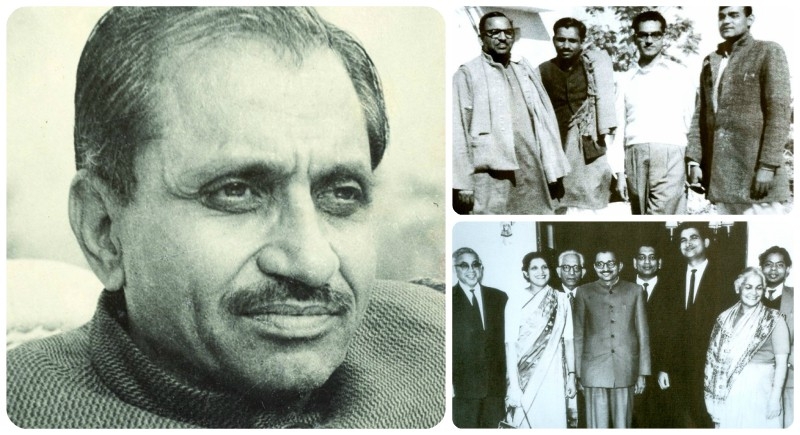
03-Jun-2025 12:00 PM
🧠 Reimagining Development with Heart and Soul: Pandit Deendayal Upadhyaya’s Integral Humanism
📍 Context
The year 2025 marks 60 years since Pandit Deendayal Upadhyaya introduced his transformative political and philosophical ideology — Integral Humanism (Ekatma Manav Darshan) — in 1965. This vision sought to offer an indigenous Indian framework for development, rooted in cultural values, ethics, and harmony between material and spiritual growth.
🧓🏻 Who Was Pandit Deendayal Upadhyaya?
A philosopher, political thinker, and leader of the Bharatiya Jana Sangh (precursor to the BJP), Pandit Deendayal Upadhyaya (1916–1968) developed a uniquely Indian worldview for governance — one that rejected the extremes of both Western capitalism and communism.
🕊️ What is Integral Humanism?
Integral Humanism is about holistic human development. Unlike Western models that chase wealth (Artha) and desire (Kama), Upadhyaya emphasized a balanced approach that also nurtures Dharma (duty and ethics) and Moksha (spiritual liberation).
He saw human life as a harmony of four components:
Body (Sharir) – physical needs
Mind (Manas) – emotional and psychological well-being
Intellect (Buddhi) – rational and creative thinking
Soul (Atma) – spiritual progress
Goal: Development should serve the whole person — not just create wealth, but also ensure dignity, purpose, and inner peace.
⚖️ Critique of Western Models
Capitalism was seen as promoting selfish individualism, leading to exploitation and inequality.
Socialism/Marxism was critiqued for ignoring spiritual needs and suppressing personal freedom in favor of collective control.
Integral Humanism aimed to strike a middle path – where social justice and personal freedom co-exist, and policies serve every section of society, especially the last person in line.
🪷 Core Principles of Integral Humanism
1. Chiti
The soul or cultural essence of the nation — its identity, values, and timeless character.
2. Virat
The collective expression of society through its institutions, traditions, and community life.
3. Dharma
The universal law of righteousness — what is just, ethical, and sustainable — not just for individuals but for society at large.
🌍 Why It Still Matters Today
✅ Participatory & Decentralised Governance
Encourages bottom-up leadership rooted in local traditions, resembling the spirit of Panchayati Raj.
✅ Self-Reliance (Swadeshi)
Promotes village-centric, environmentally conscious economic models similar to Gandhian Gram Swaraj.
✅ Upliftment of the Marginalized (Antyodaya)
True development begins with the poorest and weakest. Welfare is not charity — it’s a moral duty.
✅ Environment & Sustainability
Advocates for a balanced relationship with nature, responsible use of resources, and long-term ecological well-being.
✅ Cultural Confidence
Urges India to draw strength from its civilisational values — not to resist modernity, but to shape it ethically.
✅ Global Appeal
Offers an alternative to the aggressive capitalism of the West and rigid communism of the East. Resembles Bhutan’s Gross National Happiness and ideals in the Global South.
🧘♂️ Values That Shape It All
Compassion, restraint, and non-violence. Echoes India’s ancient ideals:
🕊️ Ahimsa, 🌍 Vasudhaiva Kutumbakam (The world is one family), and
🤝 Sarvodaya (Welfare of all).
🎯 MCQs
Q1. What is the primary aim of Integral Humanism?
A. Maximizing economic output
B. Promoting globalisation
✅ C. Holistic development of individuals
D. Privatization of public resources
Q2. In which year was Integral Humanism formally introduced by Upadhyaya?
A. 1950
✅ B. 1965
C. 1971
D. 1947
Q3. What does ‘Chiti’ refer to in Integral Humanism?
A. Currency policy
✅ B. National soul and cultural essence
C. Technological growth
D. Agricultural reform
Q4. Which economic model does Integral Humanism align with?
A. Capitalism
B. Marxist socialism
✅ C. Decentralized, self-reliant model
D. Global trade liberalism